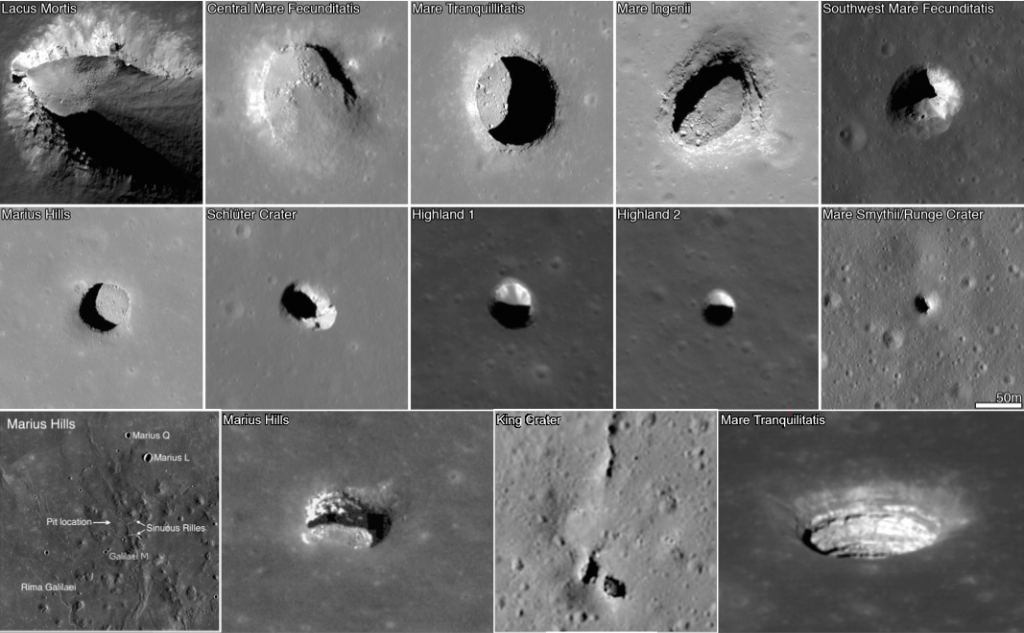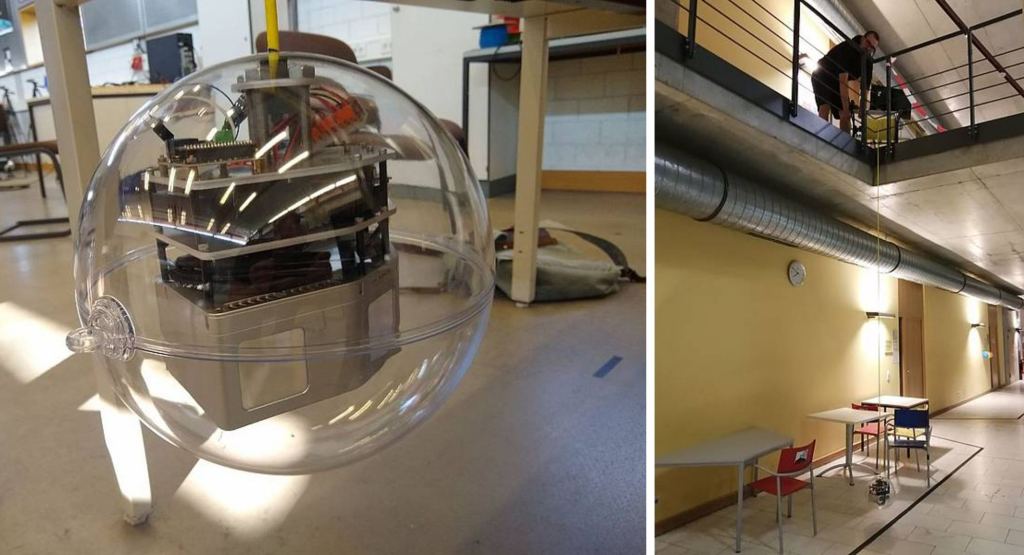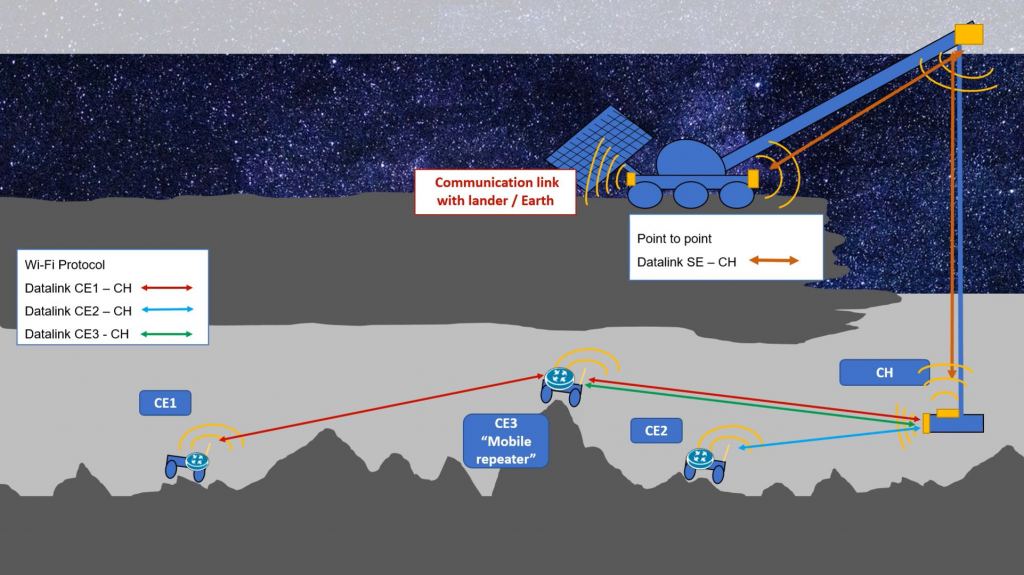ESA is Working on a Mission to Explore Caves on the Moon
By Andy Tomaswick
Infrastructure is going to be one of the biggest components of any permanent human settlement on the moon. NASA Artemis missions are focused directly on building up the facilities and processes necessary to support a moon base. ESA is also contributing both material and knowledge. Most recently they made another step in their path to explore some lava tubes and caves in the subterranean lunar world.
ESA recently started the third round of a series of studies that focus on exploring lunar caves. The current round, called a Concurrent Design Facility (CDF) study builds off the work done in two previous rounds of Sysnova studies. Originally encompassing five studies ranging from how to lower a probe into a cave to how to communicate with and power any probes that make that descent, ideas were elicited from the public as part of the CAVES and PANGAEA programs.
From the five original concepts in the first Sysnova studies, ESA winnowed it down two three “mission scenarios” – one to find cave entrances, one to thoroughly study a cave entrance, and one explore a lava tube using autonomous rovers. ESA then decided to further evaluate two mission concepts that focus exclusively on exploring a cave entrance, but combining aspects of all three original mission concepts.
Understanding even the entrance of lunar caves can prove invaluable to understanding the resources that might be available in the subterranean world of the moon. It is also key to understanding the radiation protection afforded by the lunar regolith. That protection, depending on its efficacy, can prove to be a game changer in where any potential permanent lunar base would be located.

The first selected mission plan is on led by the University of Würzburg. They developed a spherical probe that can be lowered into a cave mouth by a crane attached to a rover. The probe itself is encased in a clear plastic shell and will contain 3D lidar, an optical camera, and a dosimeter that will allow the probe to read radiation levels at the cave entrance.
Wireless power and communication is the focus of the second mission plan, developed by the University of Oviedo. In its scenario a “charging head” is attached to the end of a rover-based crane which is then used to power and directly communicate with autonomous rovers that do not have their own internal power source. Power for the rover and charging head will come directly from solar panels connected to the rover.

Credit: University of Würzburg
Mission duration for these experiments would be planned for one lunar day, or approximately 14 Earth days. ESA plans to link the mission outcomes of these two project directly to two of their concerted lunar exploration efforts, known as the European Large Logistics Lander (EL3), which will help build up the infrastructure needed for a permanent presence, as well as the Moonlight initiative, which focuses on wireless communication and navigation for lunar exploration vehicles.

Credit: University of Oviedo
Both of these mission concepts are still conceptual at this stage, and neither has received full funding for anything close to planning a fully fledged mission. However, it is clear that ESA’s step-wise process is providing value even before any mission is launched – the concepts that have resulted from it already are novel and potentially executable with enough willpower and funding. Missions that have made it this far in the process do indeed stand a good chance at eventually becoming reality and contributing to our effort to permanently colonize the moon.
Learn More:
ESA – ESA plans mission to explore lunar caves
techstory.in – ESA Outlines Mission to Explore Lunar Caves
digitaltrends.com – This tiny, round probe could explore caves on the moon
UT – Why Lava Tubes Should be Our Top Exploration Priority on Other Worlds
Lead Image:
Example of a hopping rover potentially to be used in ESA cave exploration projects.
Credit: University of Manchester
The post ESA is Working on a Mission to Explore Caves on the Moon appeared first on Universe Today.

March 1, 2021 at 06:26AM
via Universe Today read more...

Post a Comment